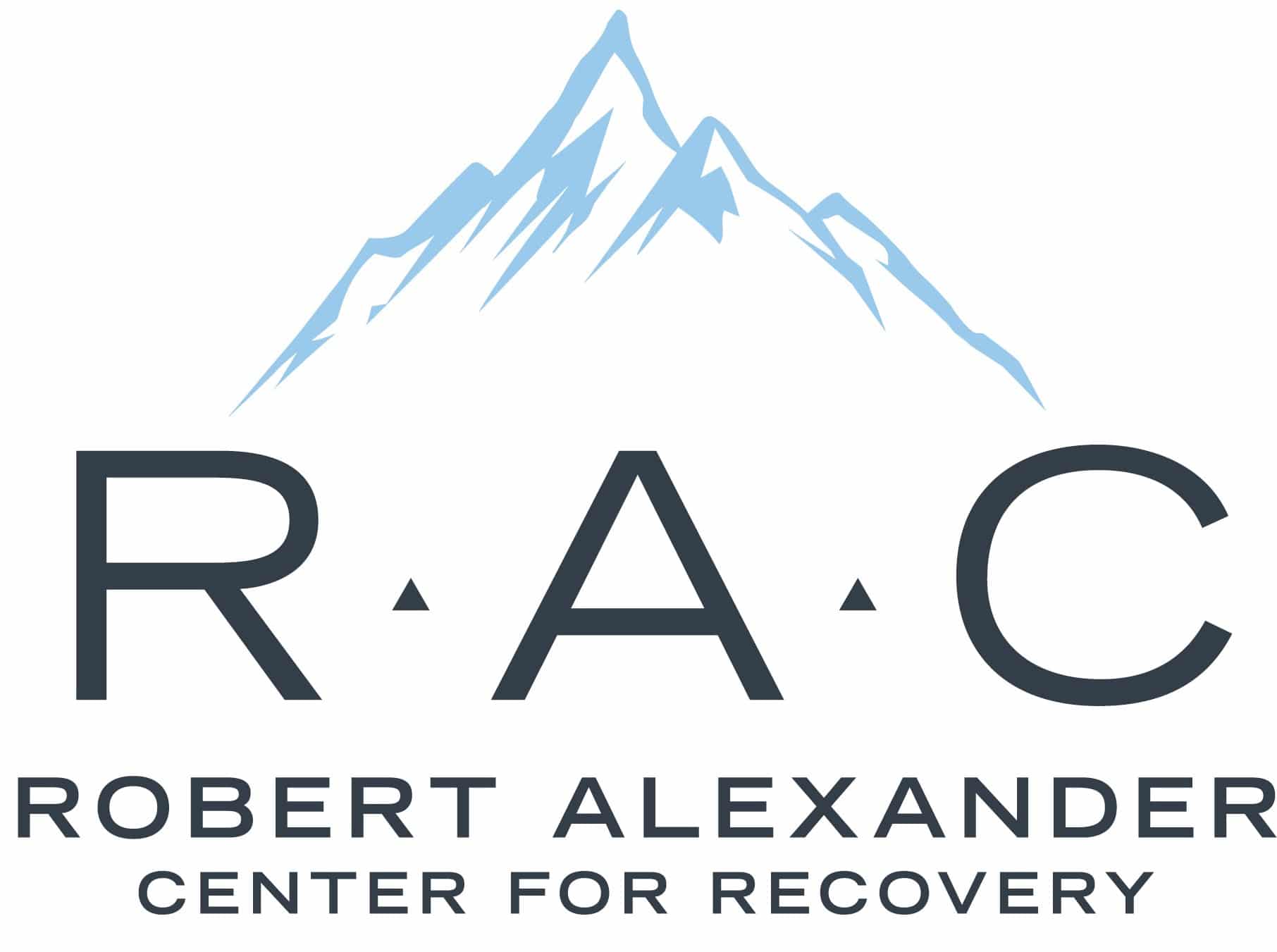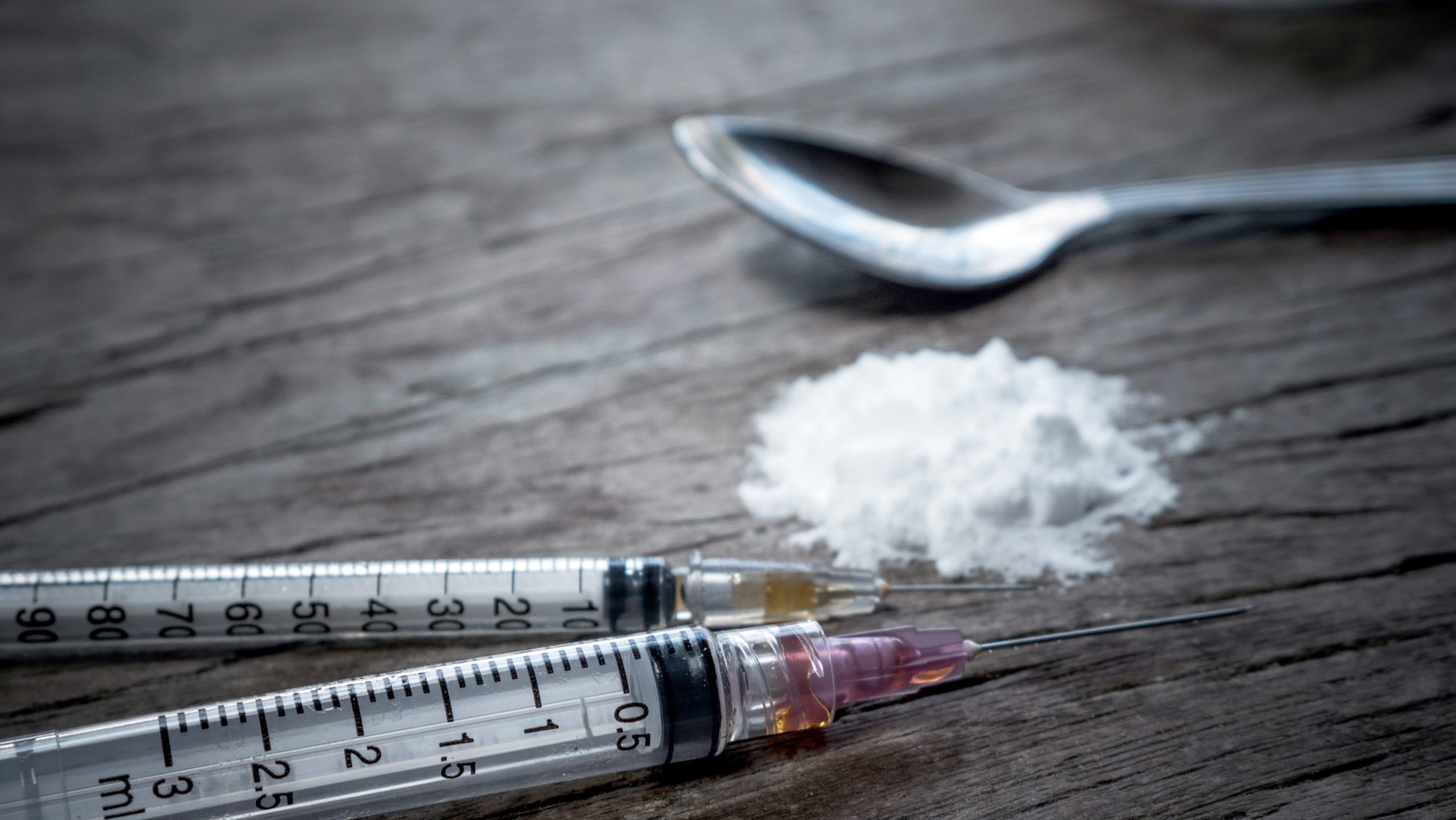So what is Fentanyl? It is a strong, synthetic opiate analgesic that has been approved for treating severe pain since the 1960s. It is available as an injection or transdermal patch and, in most medical settings, requires a person to have experience with opioids before it is administered.
Fentanyl In The 1990s
Fentanyl began being sold on the streets in the form of a lollipop, which led to more abuse and misuse. This drug is often cut into or sold as heroin. Users report feeling effects within minutes after use, including euphoria, relaxation, sedation, drowsiness, mental clouding, dizziness, confusion, nausea/vomiting, itching skin rashes, and constipation.
Use in Small Doses

Even in small doses, fentanyl can be deadly. The effects vary depending on the purity of the drug, how it is taken (snorted or injected), and what type of opioid tolerance a person has. Smaller doses may lead to: respiratory depression, pinpoint pupils, loss of consciousness, skeletal muscle flaccidity, cold and clammy skin, hypotensive shock, slow heart rate, low blood pressure, respiratory arrest, cardiac arrest, and death.
Use in Large doses
At larger doses, the effects are hazardous and may include: loss of consciousness or coma; nausea/vomiting; blistering/peeling skin at the site of application; constipation; respiratory depression; sedation, drowsiness; slowing of heart rate and respiratory rate; cold/clammy skin; low blood pressure; slowed/irregular breathing; dizziness. If any of these symptoms occur after use, immediate medical attention is needed.
Outbreaks Of Overdoses
Fentanyl-related health problems have been reported throughout the United States. The Centers for Disease Control and Prevention (CDC) is particularly concerned about outbreaks of overdoses related to fentanyl in places where it can be brought into the country illegally, like in the mail, through drug compartments in vehicles or luggage, or on its own.
Many people who abuse illicit drugs take fentanyl without knowing it; they may not know what they’re taking, how much of it they’re taking, or if their fentanyl has been mixed with other drugs. Because fentanyl can be as much as 80-times as potent as morphine and hundreds of times more powerful than heroin, even a small amount may have a powerful effect on the body.
In October 2005
The government made it illegal to buy, sell, or possess fentanyl without a license. The U.S. Drug Enforcement Administration (DEA) also placed all fentanyl products into the Schedule II category of the Controlled Substances Act (CSA). Schedule II drugs are considered to have a high potential for abuse and serve an essential function in society, but they also may lead to severe psychological or physical dependence.
To decrease the number of people abusing fentanyl, the DEA is trying to reduce the amount of the drug that is available for sale while increasing the penalties for anyone who manufactures it illegally. The DEA has increased efforts with China and Mexico to stop shipments of this drug before they reach American soil.
In 2013
The DEA reported that overdose deaths related to fentanyl had increased by 79 percent. A great majority of these deaths occurred in eastern states such as Maryland, Pennsylvania, and Massachusetts. Overdose fatalities from fentanyl now exceed those from heroin and cocaine combined.
It is typically prescribed in the form of a lollipop or lozenge because it is so powerful, but it can also be found in powder form and used to lace other drugs. Fentanyl has been used as an anesthetic for surgery and pain relief medications such as Actiq, Duragesic, and Sublimaze.
Street names for fentanyl include Apache, China girl, China white, dance fever, friend, goodfella, jackpot, murder 8, TNT, and Tango & Cash.
In 2016
The use of fentanyl can cause severe adverse health effects. In February 2016, at least 13 people in western Pennsylvania died after buying heroin laced with fentanyl. Those using the drug took a more potent dose than they were used to and overdosed on it because their bodies couldn’t handle such a powerful drug. These users did not know they were taking fentanyl because it was mixed with heroin and no one had told them.
If someone has overdosed, call 911 immediately and get the person to a hospital. Narcan is a drug that can reverse an opioid overdose and save a life if it is administered quickly enough. Treating opioid addiction is difficult without medications.
What is Fentanyl Today?
Fentanyl abuse has become a critical epidemic in the United States due to its rising popularity as an additive in heroin and other drugs. It poses serious health risks because of the fast rate at which it acts on the central nervous system. If you or a loved one has developed a dependency on drugs, contact the right treatment center today.

